
mit-dem-Rucksack-gen-Osten
vakantio.de/der-sonne-entgegen
The Kinabatangan Conservation Area – this is how the national park works
ପ୍ରକାଶିତ |: 28.03.2024
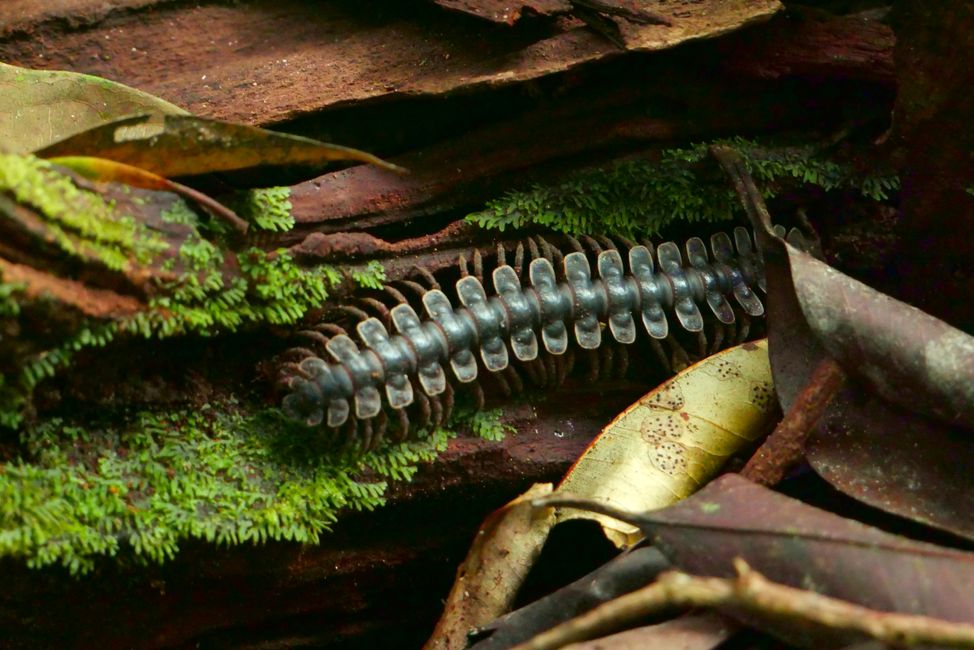
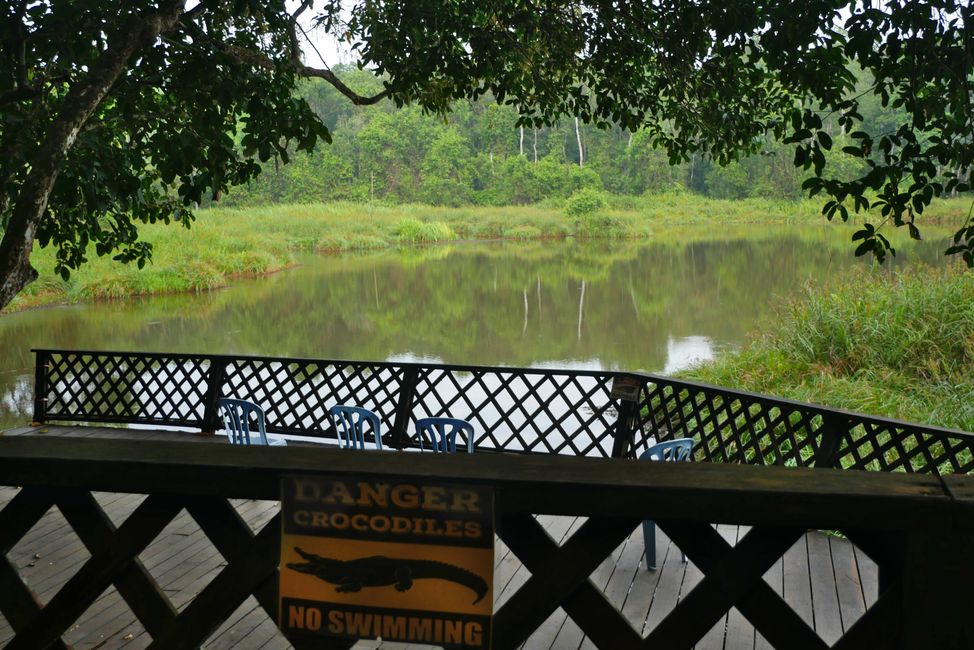

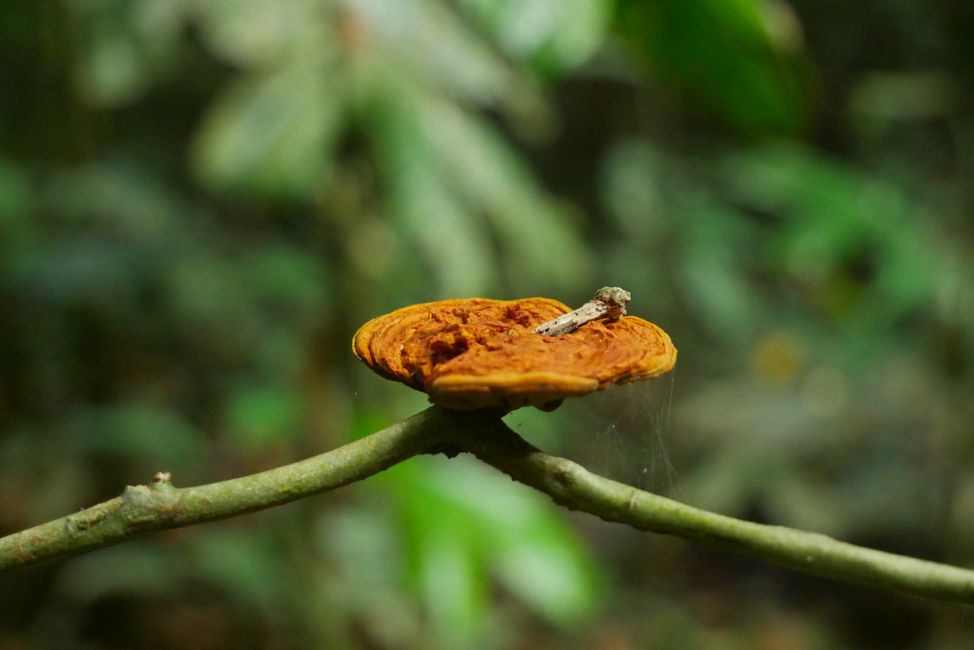
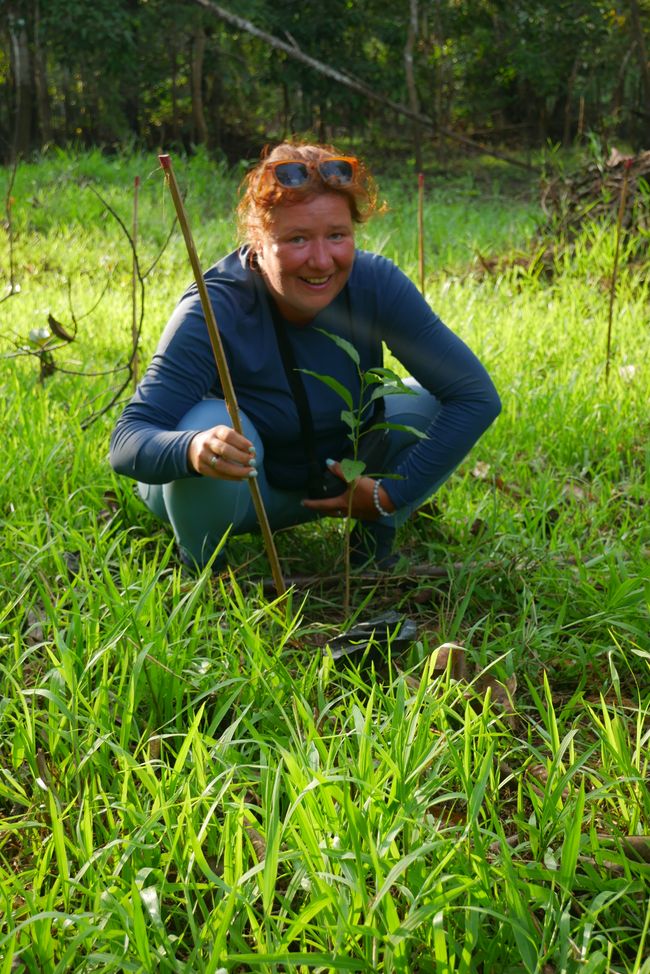
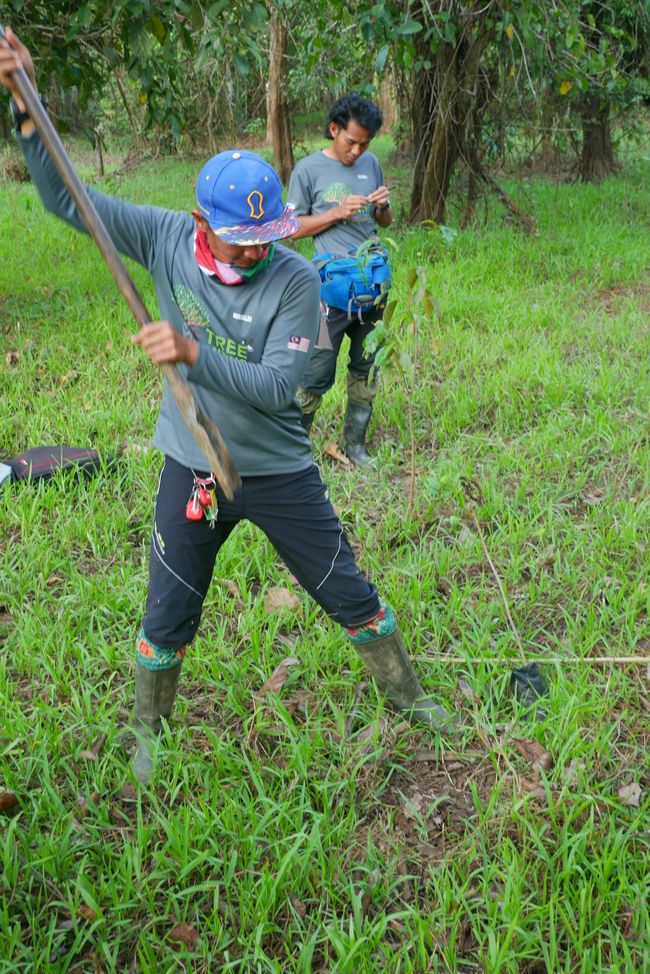
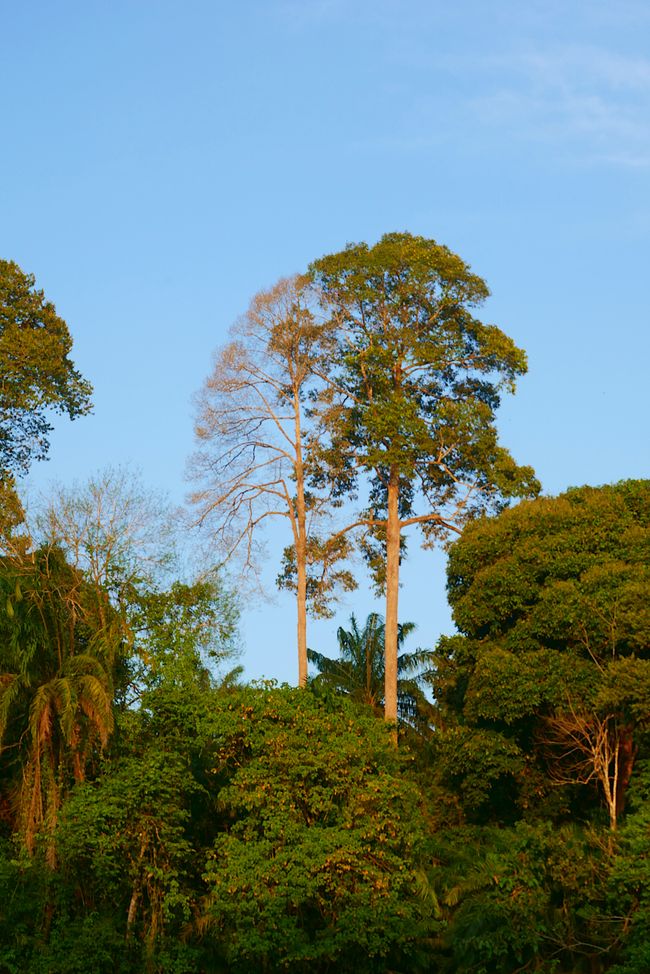

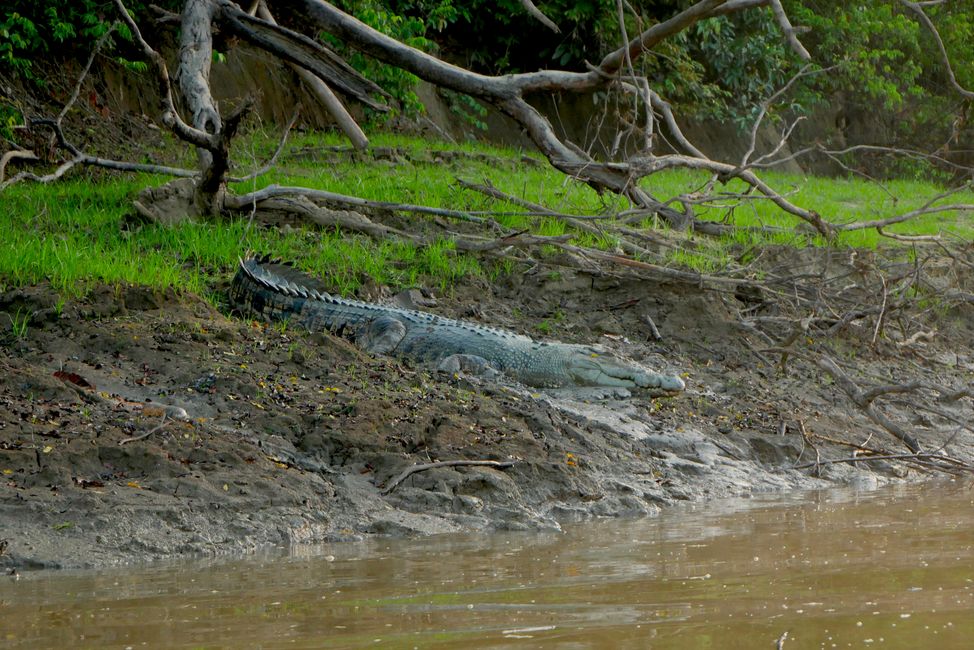
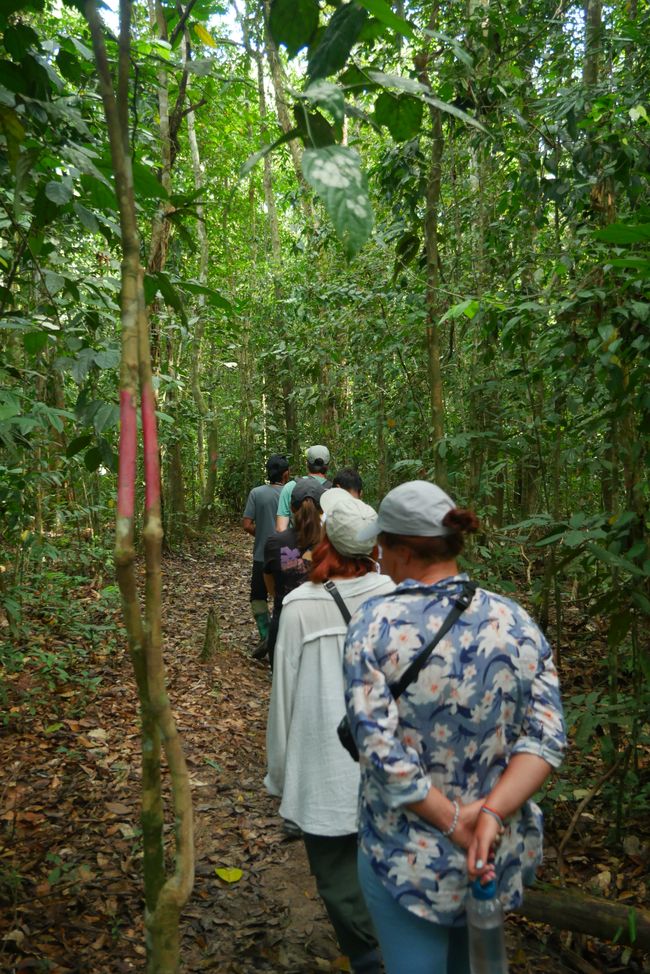

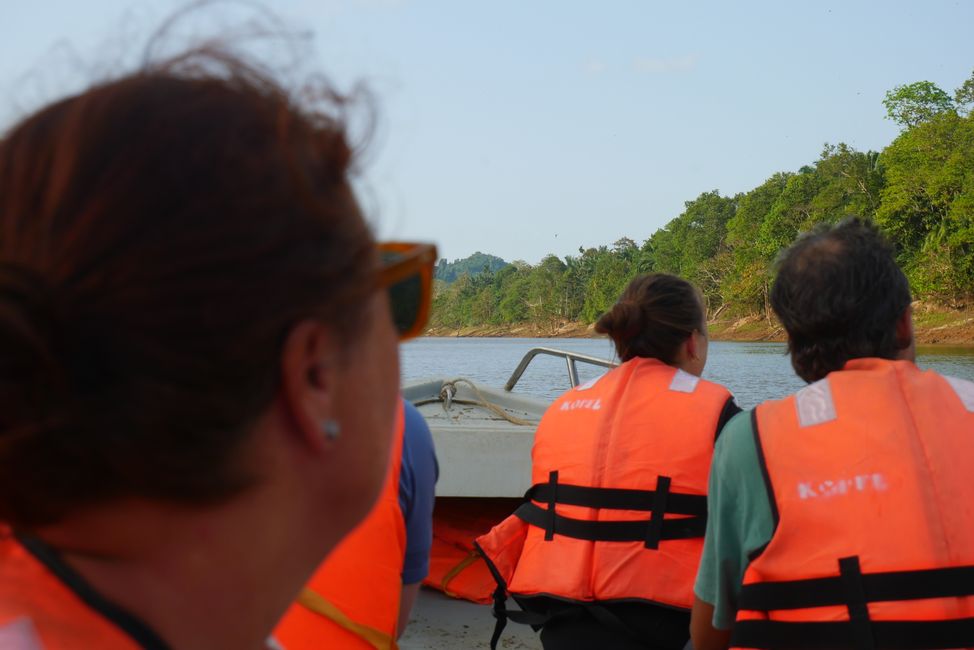

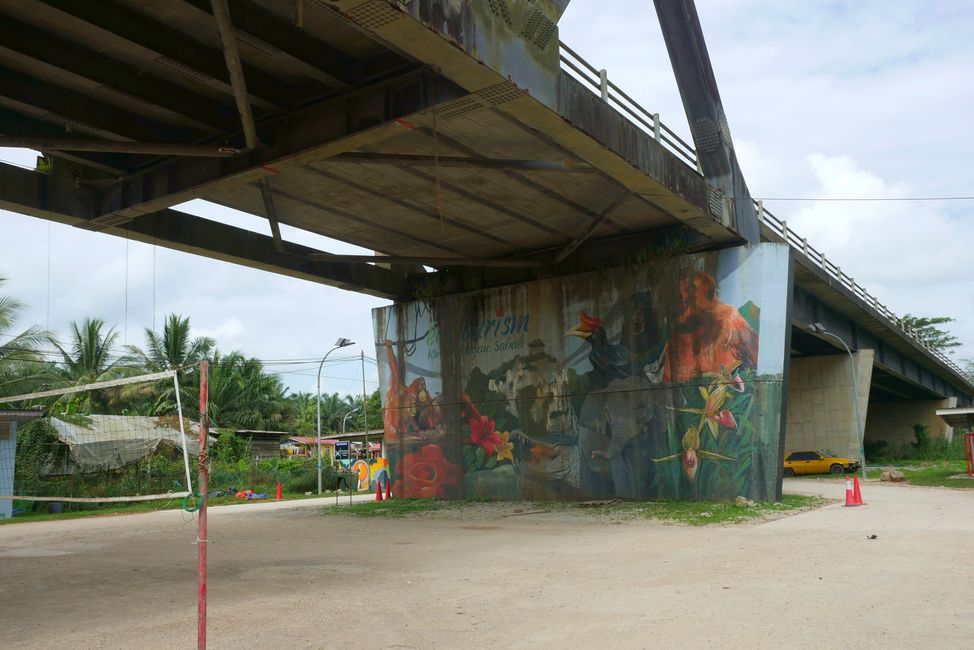
We have visited many national parks, protected landscape areas and the like in the last few months. The projects were not always as well integrated into the community as the Kopel Rainforest Camp on the Kinabatangan River in Borneo.

Since 1996, reforestation has been carried out here after a forest fire, avoiding commercially usable tree species, only observing the animals from a distance, carrying out research by various universities and institutes and, yes, also hosting tourists and showing the protected area on excursions lasting several days.

But the necessary money for reforestation has to come from somewhere and the livelihood for the villagers has to be earned, who no longer grow oil palms or valuable wood for export in monocultures.

Instead, they are trained as guides, accompany the research projects, ensure the physical well-being of the tourists or plant new forest on areas that are still fallow and thus have a solid income and an intact environment.

They can only be successful if the population is involved in environmental protection measures and these provide good prospects. Otherwise deforestation and hunting will continue and nature will continue to be damaged. Most of the time it is NGOs that lay the foundation stone here. In the Malaysian part of Borneo there are 11 national parks, which together cover over 300,000 hectares, a larger area than Saarland. There are also dozens of protected areas.

We were also allowed to be guests and lived in the middle of nature for three days, walked through the forest in light and dark and looked for animals by boat. Crocodile, monkeys, birds and lots of insects were very kind to us and behaved well in their living environment.
Robert

ଉତ୍ତର
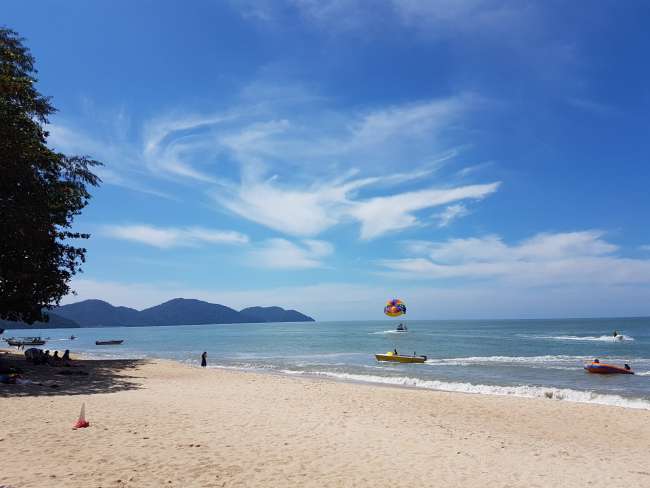
ଭ୍ରମଣ ରିପୋର୍ଟ ମାଲେସିଆ
